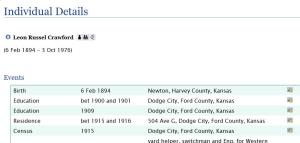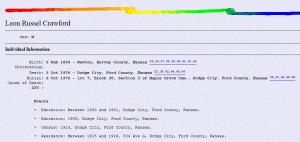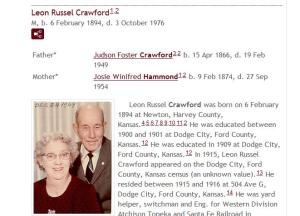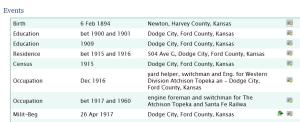Tonight I participated in the webinar,
Pinning Your Family Tree, by Thomas MacEntee. This was MUCH MORE than I expected!
The
first part of the webinar was on how to use Pinterest -- particularly
for sharing of family pictures and heirlooms. One suggestion was to scan
the fabric memorabilia that has been passed down. I would have never
thought of that, but it would be a way to document those heirlooms.
Besides using a scanner to get a picture of the heirloom, a cell-phone
or tablet could be used with scanner apps such as Shoebox. By using a
phone or tablet, it would be possible to obtain an image of a quilt or
other large heirloom.
The second part focused on a lot of other tools similar Pinterest - many of which were new to me.
Google Collections
allows one to add scanned images to create a visual storyboard for a
family member. Based on the presentation, it might not be possible to
make them public.
Google My Maps -- This tool
allows you to add pins at various locations and then save the map. This
would be very useful to plot a migration path for a particular family.
What Was There
-- This website hosts historical photos of buildings and landmarks and
links them to addresses. Thus, it is possible to see how an area changed
over time. The value of this site will grow as people post the
historical pictures.
Historypin - This site is
similar to 'What Was There' but the pictures don't have to be of a
building or landmark. When I searched for Seneca, KS I found two
pictures. One was posted by the Kansas State Historical Society and the
other was posted by the Dr. Pepper Museum.
UEncounter.Me
- This site is a social map pinning site. The presenter suggested that
this was a way to connect with other researchers for a particular
locality.






